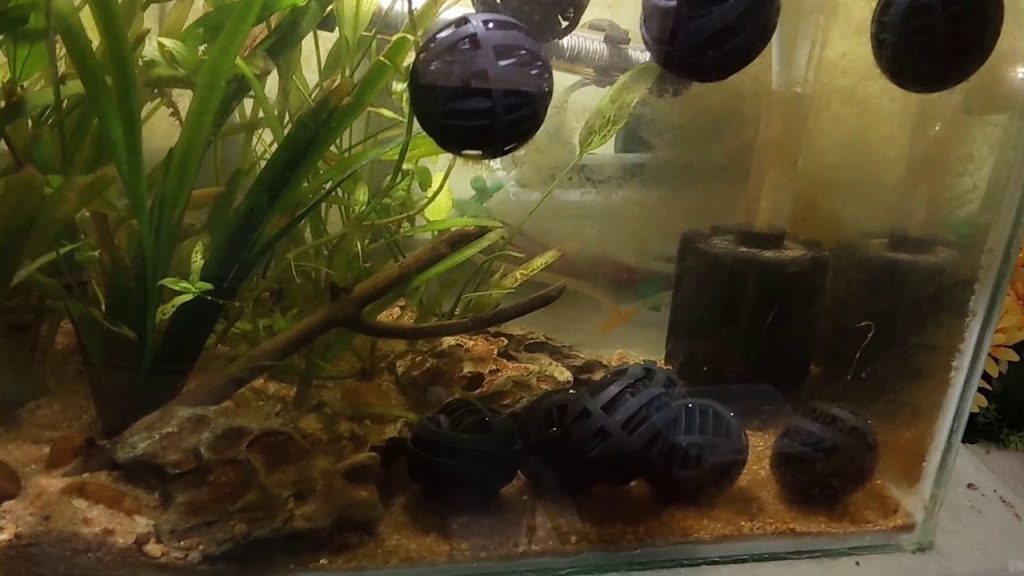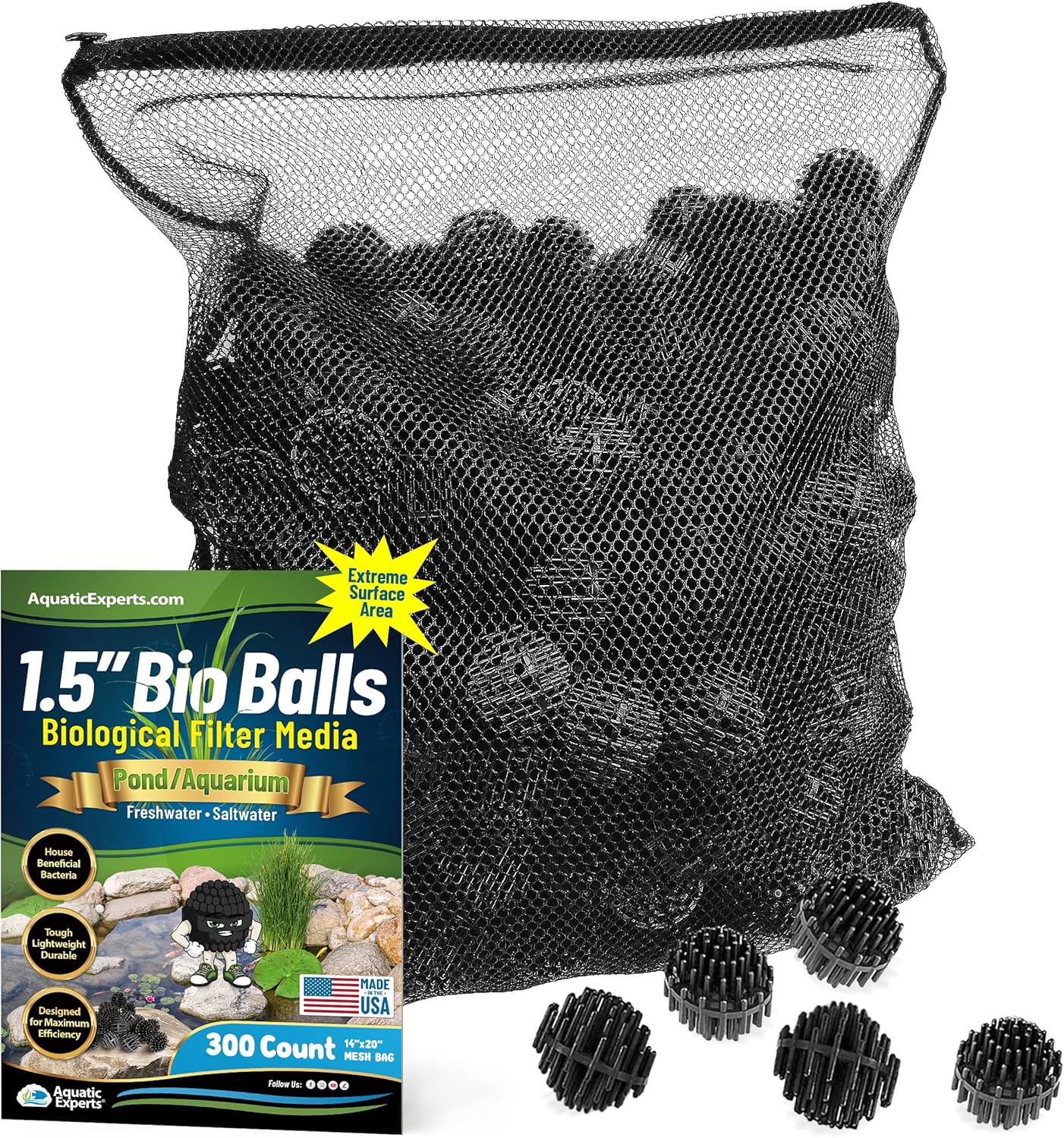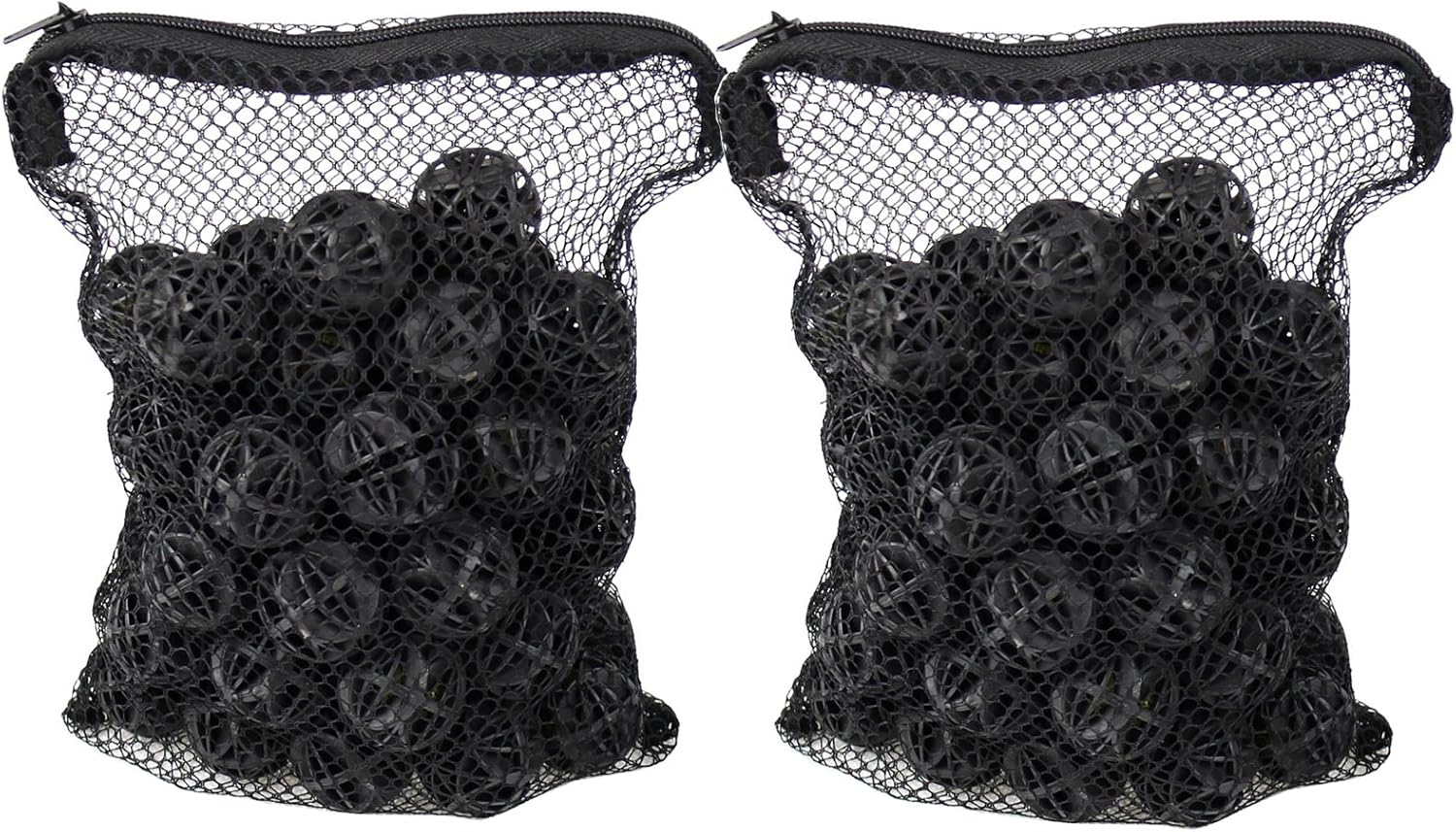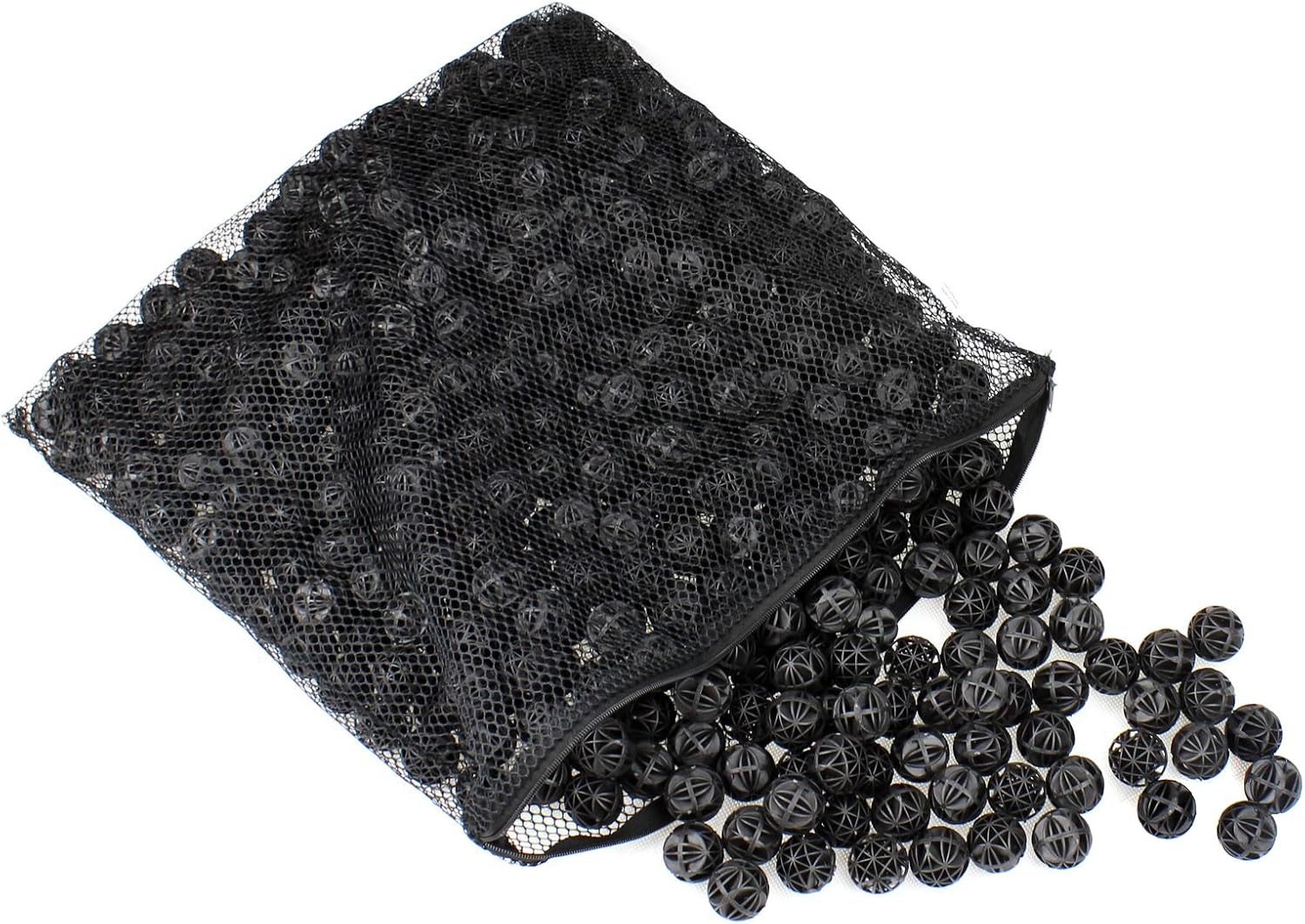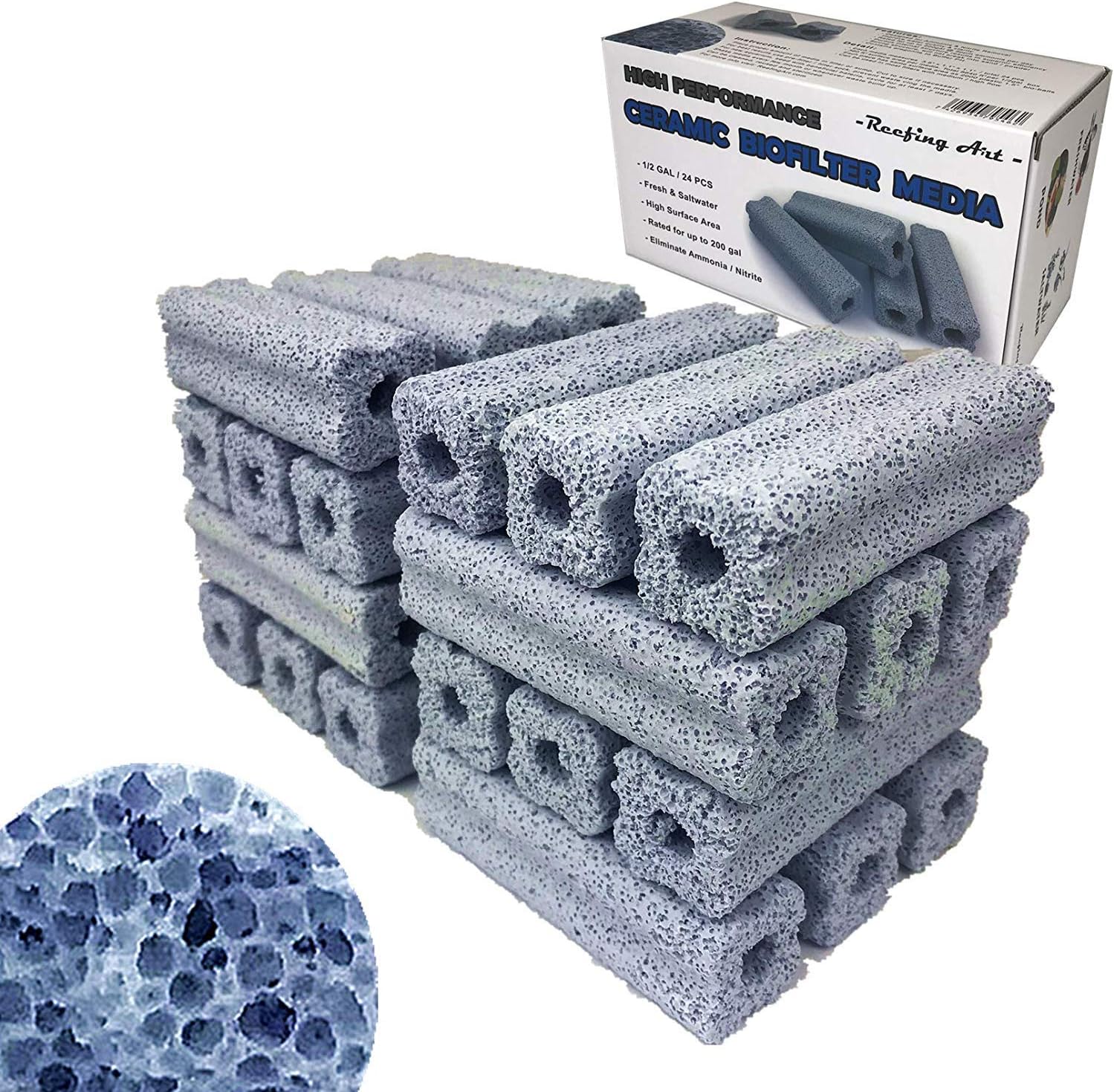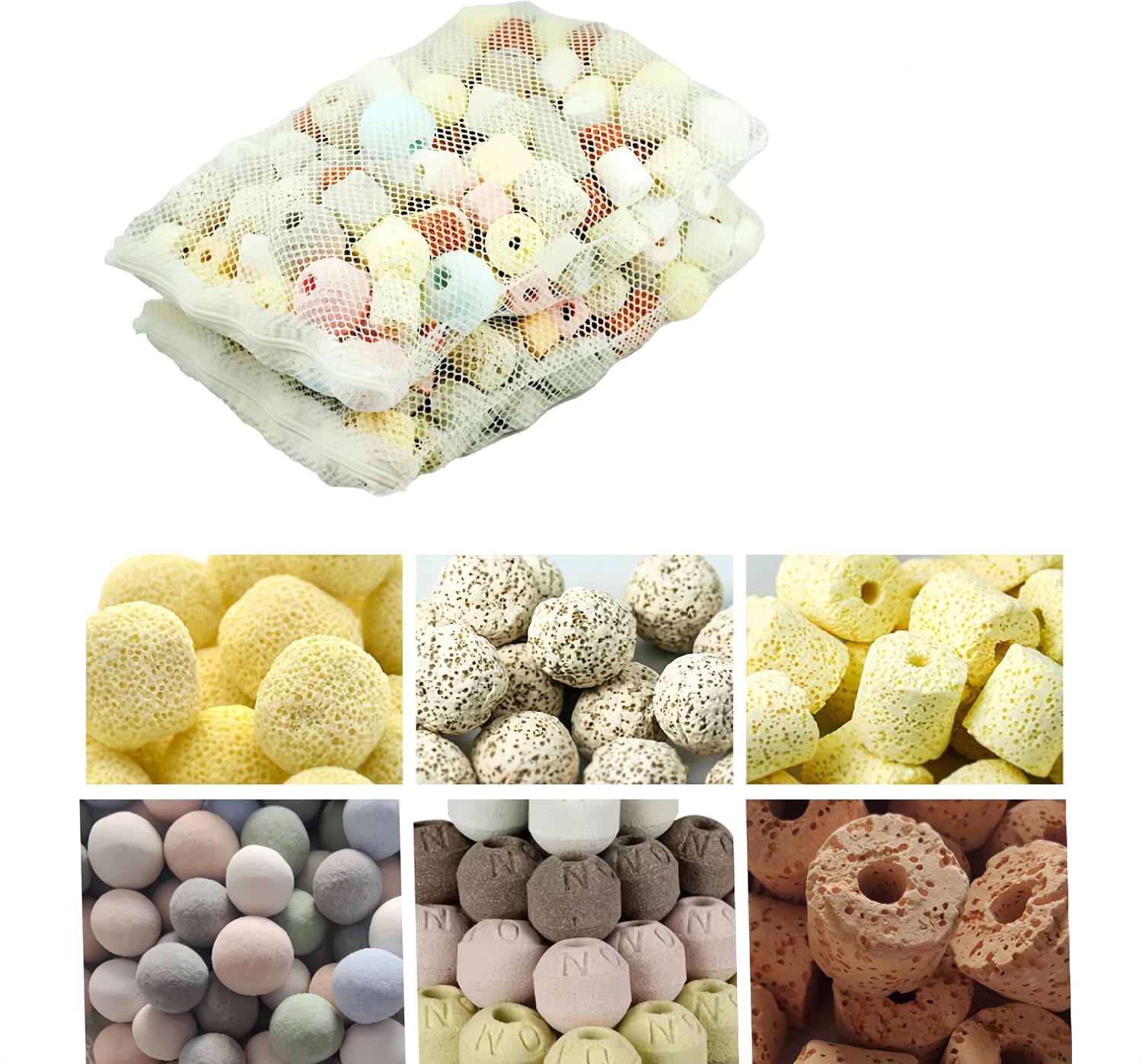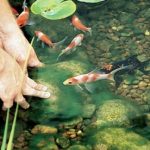Are you looking to improve the water quality in your pond and create a healthy environment for your aquatic life? Bio balls could be the solution you are searching for. In this article, we will discuss what bio balls are, their benefits, and how to effectively use them in your pond.
Best Bio Ball Filters For Ponds – Top Choice
What are Bio Balls?
Bio balls are small, plastic, porous spheres designed to provide a large surface area for beneficial bacteria to colonize. These beneficial bacteria play a crucial role in breaking down organic waste and harmful substances in the water, helping to maintain a balanced ecosystem in your pond.

Credit: m.youtube.com
The Benefits of Using Bio Balls
There are several benefits to using bio balls in your pond:
- 1. Biological Filtration: Bio balls provide an excellent environment for beneficial bacteria to thrive, aiding in the breakdown of ammonia and nitrites, which are harmful to fish and other aquatic life.
- 2. Improved Water Quality: By promoting the growth of beneficial bacteria, bio balls help to maintain clear and clean water in your pond, reducing algae growth and preventing water quality issues. That means using bio balls you can easily make your pond filter by yourself.
- 3. Easy Maintenance: Bio balls are easy to clean and maintain, making them a convenient option for pond owners looking for a low-maintenance filtration solution. But if you want a natural solution then you can use barley straw to clean your pond. Check our previous article where we told you how you can use barley straw in a pond.
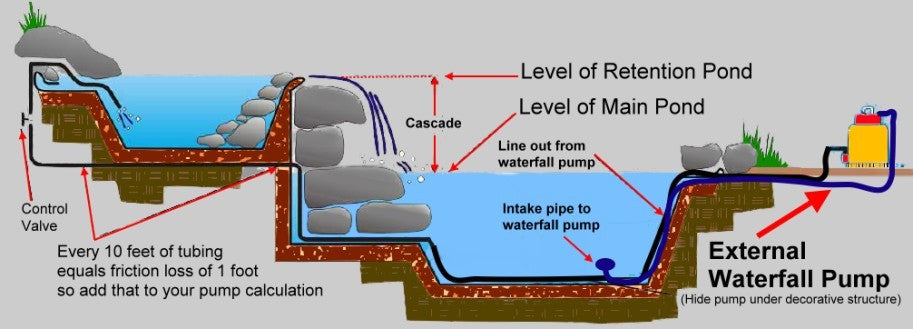
Credit: www.pinkyfilters.com
How to Use Bio Balls in Your Pond
Now that you understand the benefits of using bio balls, let’s explore how you can effectively incorporate them into your pond:
Step 1: Choose The Right Filter System
Before adding bio balls to your pond, ensure that you have the appropriate filter system in place. Bio balls are commonly used in wet/dry filters, trickle filters, and other types of biological filtration systems designed to maximize the exposure of water to beneficial bacteria.
Step 2: Add Bio Balls To Your Filter
Once you have selected the right filter system, it’s time to add bio balls to it. Fill the designated chamber or compartment in your filter with bio balls, ensuring that they are evenly distributed and not packed too tightly together. Proper water flow is essential for allowing the bacteria to thrive.
Step 3: Monitor And Maintain
After adding bio balls to your filter, monitor the water quality in your pond regularly. Keep an eye on parameters such as ammonia, nitrites, and nitrates to ensure that the beneficial bacteria are effectively breaking down waste and maintaining a healthy ecosystem.
Step 4: Clean Bio Balls As Needed
Over time, bio balls may accumulate debris and organic matter, reducing their effectiveness. It’s essential to clean the bio balls periodically to prevent clogging and maintain optimal filtration efficiency. Simply rinse the bio balls in pond water to remove any buildup.
Frequently Asked Questions
Q: What are bio balls and what do they do?
A: Bio balls are small, porous plastic spheres designed to provide a large surface area for beneficial bacteria to grow. These bacteria help break down harmful ammonia and nitrites in the water, promoting a healthy pond environment.
Q: How many bio balls do I need for my pond?
A: The number of bio balls needed depends on the size of your pond and its filtration requirements. As a general guideline, one cubic foot of bio balls is typically sufficient for filtering 100 gallons of pond water. It’s best to consult your bio ball manufacturer’s recommendations for specific guidance.
Q: Where should I place the bio balls in my pond?
A: Bio balls should be placed in the filtration system, ideally in the biological filter chamber. They can also be placed in skimmers, waterfall filters, or any area where water flow ensures consistent contact with the bio balls.
Q: Do bio balls need to be cleaned?
A: Yes, bio balls should be cleaned occasionally to remove accumulated debris and prevent clogging. However, they should be cleaned with pond water, not tap water, to preserve the beneficial bacteria colonies.
Q: How often should bio balls be cleaned?
A: Cleaning frequency depends on the pond’s conditions and the amount of debris. A good practice is to check and rinse bio balls every few months or during regular pond maintenance.
Q: Can I use bio balls with other types of filtration media?
A: Yes, bio balls can be used in conjunction with other filtration media such as foam pads, ceramic rings, or filter mats. Combining different types of media can enhance overall filtration efficiency.
Q: Are bio balls effective for both large and small ponds?
A: Yes, bio balls are effective for ponds of all sizes. For larger ponds, simply use more bio balls to match the increased filtration needs.
Q: How long do bio balls last?
A: Bio balls are durable and can last for many years. They typically do not need to be replaced unless they become physically damaged.
Q: Do I need to replace bio balls periodically?
A: Bio balls generally do not need to be replaced unless they are damaged or excessively clogged. Proper maintenance and periodic cleaning can ensure their longevity.
Final Words
Using bio balls in your pond can have a significant impact on water quality and the overall health of your aquatic life. By providing a habitat for beneficial bacteria to thrive, bio balls help to create a balanced ecosystem, reduce harmful substances in the water, and promote clear and clean water. Follow the steps outlined in this article to effectively use bio balls in your pond and enjoy the benefits of improved water quality.


